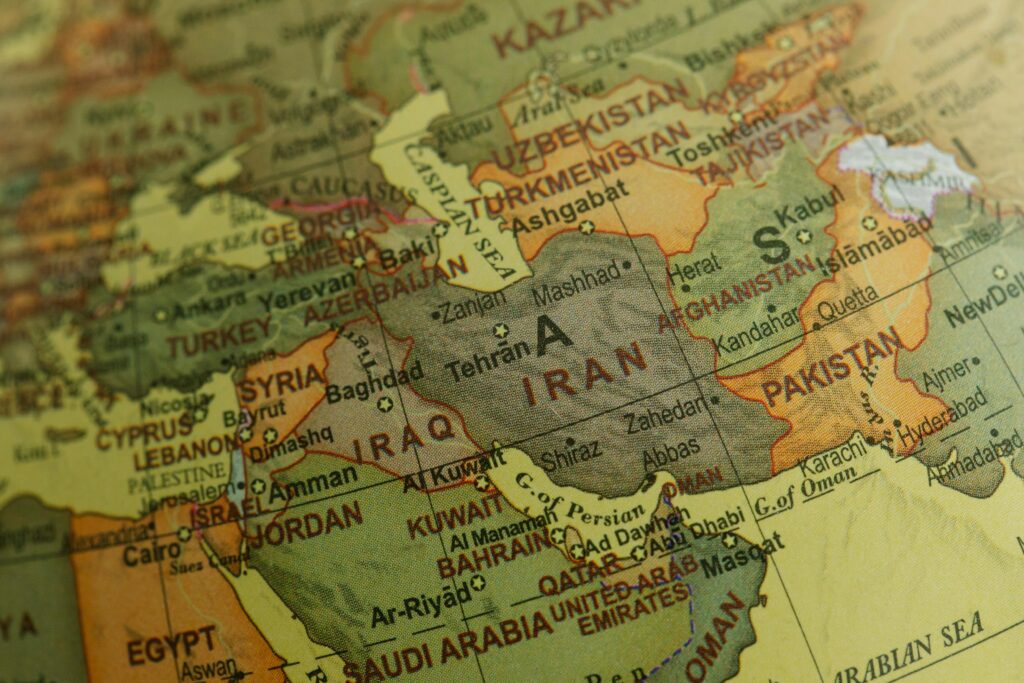Pakistan, located in South Asia, is a country characterized by its rich and diverse geography, offering a tapestry of landscapes that range from soaring mountains to expansive plains and from arid deserts to lush valleys. The country’s geography has played a significant role in shaping its history, culture, and economic activities.

- Mountain Ranges: Pakistan is home to some of the world’s highest mountain ranges, including the famous Himalayas and Karakoram Range. The Karakoram Range boasts the second-highest peak on Earth, K2. These formidable mountains not only contribute to Pakistan’s breathtaking scenery but also attract adventurers and mountaineers from around the globe.

- Fertile Plains: The Indus River, one of the longest rivers in the world, flows through the heart of Pakistan, carving out a vast and fertile plain known as the Indus Valley. This region has historically been the cradle of ancient civilizations, including the Indus Valley Civilization, one of the world’s oldest urban cultures.

- Deserts: To the southeast lies the Thar Desert, a vast arid region that stretches into India. Despite its harsh conditions, the Thar Desert is home to a unique ecosystem and has influenced the lifestyle of the people residing in the area.

- Coastline: Pakistan has a coastline along the Arabian Sea, providing access to the warm waters of the Indian Ocean. The coastline is dotted with natural harbors, including the bustling port city of Karachi. The Arabian Sea plays a crucial role in trade and maritime activities, contributing to Pakistan’s economic development.

- Plateaus and Highlands: The Balochistan Plateau and the Potwar Plateau are prominent geographical features in Pakistan. Balochistan, the country’s largest province, is characterized by its rugged terrain and arid climate. The Potwar Plateau, on the other hand, is known for its fertile land and is a significant agricultural region.

- Diverse Climates: Pakistan experiences a variety of climates due to its diverse topography. From the snow-capped peaks of the northern mountains to the scorching temperatures of the southern deserts, the country witnesses a range of weather conditions. This diversity contributes to the agricultural productivity and biodiversity of the region.

- Impact on Culture and Lifestyle: The geography of Pakistan has profoundly influenced its cultural diversity and the way of life. From the traditional mountain communities in the north to the riverine cultures in the south, each region has developed distinct traditions, languages, and cuisines.

- Challenges and Opportunities: While Pakistan’s geography offers immense natural beauty and resources, it also presents challenges. Issues such as water scarcity, deforestation, and natural disasters pose significant concerns. Sustainable development and responsible environmental practices are crucial for addressing these challenges and ensuring a harmonious coexistence with the diverse geography.

In conclusion, Pakistan’s geography is a mosaic of stunning landscapes that have shaped the nation’s history and continue to play a vital role in its development. The country’s diverse geography is not only a source of natural beauty but also a key factor in understanding its cultural richness and economic dynamics.
